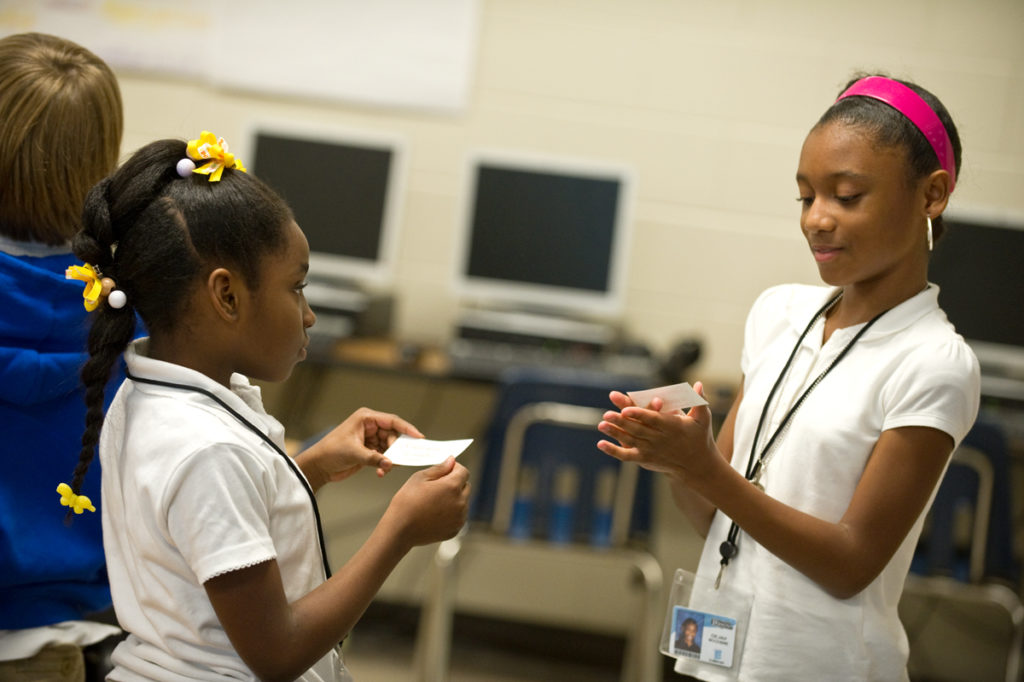
It’s 1:30 in the afternoon, and our class is preparing for language arts block. Recess and lunch seem like hours ago, and we still have an entire content area to teach. As my co-teacher and I begin setting up for the lesson, we notice Jenna rocking in her seat, Daniel tapping his pencil incessantly, and Christian gone—signed out to use the restroom yet again. Suddenly we realize what all these bothersome behaviors have in common: movement.
Movement = More On-Task Behavior + Community Building + Learning
In talking over our observations, my co-teacher and I reminded each other how important movement is to humans—especially children. Movement increases oxygen and blood flow, enhancing alertness and helping students keep bodies and minds engaged in the task at hand. And because movement activities can be fun and engaging for all members of the class, they help create a positive learning community. Plus, movement included during lessons can reinforce the skills being taught. Far from interfering with learning, movement actually increases it.
After that bumpy afternoon, my co-teacher and I focused on giving students more opportunities to be active throughout every day. When they’ve been sitting too long, we offer a quick energizer for a brain and body break. We add extra movement as we transition from one activity to another. And we build movement right into many of our lessons, using it to preview, teach, or review content or skills.
Here’s one quick, easy way we build productive movement into our teaching. You’ll find it readily adaptable to whatever grade you teach.
1. Prepare question cards that emphasize current content:
2. Tape the question cards throughout the room with the number side up.
1. Have students number their answer sheets.
2. Give the following directions:
3. Students continue until they’ve answered all questions.
Andrew Moral teaches sixth graders at Sol Feinstone Elementary School in Newtown, Pennsylvania. He is a Responsive Classroom consulting teacher.